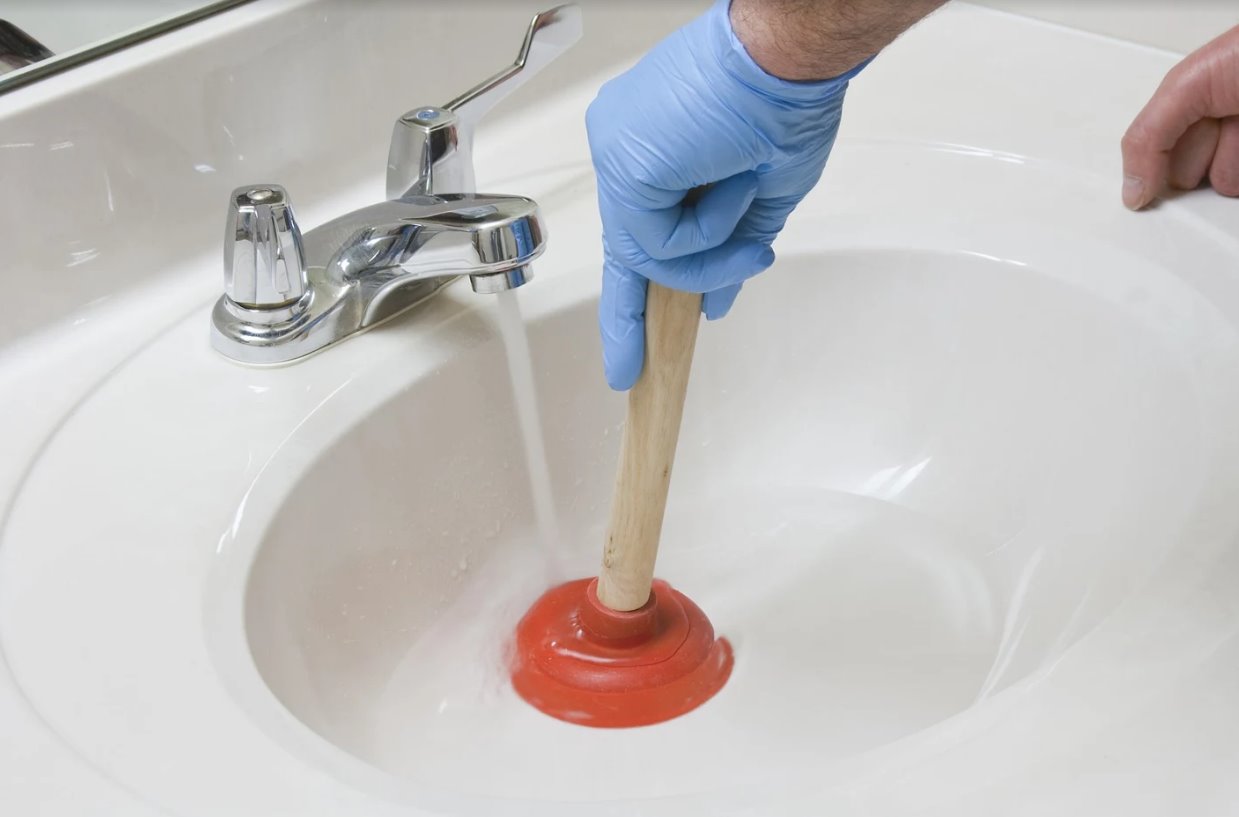

Articles
How Do You Unclog A Bathroom Sink
Modified: February 28, 2024
Learn effective tips and techniques to easily unclog a bathroom sink with our informative articles. Say goodbye to clogs and plumbing issues for good!
(Many of the links in this article redirect to a specific reviewed product. Your purchase of these products through affiliate links helps to generate commission for Storables.com, at no extra cost. Learn more)
Introduction
Having a clogged bathroom sink can be a frustrating and inconvenient problem to deal with. Whether it’s caused by hair, soap residue, or other debris, a clogged sink can disrupt your daily routine and lead to unwanted water build-up. Fortunately, there are several effective methods to unclog a bathroom sink using common household tools and materials. In this article, we will explore five popular methods for unclogging a bathroom sink and provide you with prevention tips to avoid future clogs.
Before we delve into the specific methods, it’s important to understand some common causes of bathroom sink clogs. One of the primary culprits is hair, which easily gets trapped in the drain over time and accumulates with other debris. Additionally, soap residue, toothpaste, and even small objects can contribute to clogging. Understanding these causes can help you identify the most suitable method for unclogging your sink.
Now, let’s take a look at the tools and materials you’ll need to effectively unclog your bathroom sink:
Key Takeaways:
- Easily unclog your bathroom sink using simple household items like boiling water, baking soda, and a plunger. Prevent future clogs by installing a drain cover and regularly cleaning the drain with hot water.
- Don’t let a clogged bathroom sink disrupt your routine. Try DIY methods like using a plunger or baking soda and vinegar to clear the blockage. Implement prevention tips to keep your sink flowing smoothly.
Read more: What Do You Use To Glue Sink To Vanity
Common Causes of Bathroom Sink Clogs
Understanding the common causes of bathroom sink clogs can help you prevent future blockages and choose the most effective unclogging method. Here are some of the main culprits:
- Hair: Hair is one of the primary causes of bathroom sink clogs. Over time, hair accumulates in the drain and combines with other substances, creating a tangled mess that blocks the flow of water.
- Soap residue: Soap scum and residue can accumulate in the drain pipe, especially if you have hard water. Over time, this buildup can lead to clogs.
- Toothpaste: Toothpaste contains ingredients that can harden and stick to the walls of the drain pipe, contributing to clogs over time.
- Foreign objects: Small objects such as jewelry, bobby pins, cotton swabs, or even small toys can accidentally fall into the sink, causing blockages.
It’s important to be mindful of what goes down your bathroom sink and to install a drain cover or strainer to catch hair and debris. Regular maintenance and preventive measures can go a long way in preventing clogs.
Tools and Materials Needed
To successfully unclog your bathroom sink, you will need some basic tools and materials. Here’s a list of what you will need:
- Boiling water: Boiling water is a simple and effective tool for clearing minor clogs caused by grease or soap residue.
- Plunger: A plunger is a versatile tool that can create suction to dislodge clogs in the drain pipe.
- Baking soda and vinegar: These common household items can be combined to create a natural and non-toxic cleaning solution to dissolve clogs.
- Pliers: Pliers are useful for removing the P-trap, the curved pipe under the sink, if necessary.
- Bucket or container: A bucket or container is needed to catch any water that may spill out during the unclogging process.
- Wire hanger or drain snake: A wire hanger or drain snake can be used to manually remove or push through stubborn clogs.
These tools and materials can generally be found around the house or purchased inexpensively at a local hardware store. Having them on hand will ensure that you’re well-prepared to tackle any bathroom sink clog.
Method 1: Using Boiling Water
Using boiling water is a simple and effective method to unclog a bathroom sink, especially for minor clogs caused by grease or soap residue. Here’s how to do it:
- Boil a kettle or pot of water.
- Remove any standing water from the sink using a bucket or container.
- Carefully pour the boiling water down the drain in a slow and steady stream.
- Allow the hot water to work its magic for a few minutes.
- Flush the drain with hot tap water to wash away any loosened debris.
This method works by melting and flushing away grease and soap residue that may be causing the clog. It’s important to note that this method is not suitable for all types of clogs, such as those caused by hair or solid objects.
Remember to exercise caution when handling boiling water, and make sure to protect your hands and eyes. If this method does not successfully unclog your sink, you can try one of the other methods described below.
Method 2: Using a Plunger
A plunger is a versatile tool that can create suction to dislodge clogs in the drain pipe. Here’s how to use a plunger to unclog your bathroom sink:
- Ensure there is enough water in the sink to cover the bottom of the plunger.
- If there is an overflow drain plug, ensure it is covered or sealed off.
- Place the plunger over the drain, ensuring a tight seal.
- Apply downward pressure and then pull up forcefully to create suction.
- Repeat this plunging motion several times, being mindful of not breaking the seal.
- After several attempts, remove the plunger and check if the water drains freely.
- If the clog is dislodged, flush the drain with hot water to remove any remaining debris.
Using a plunger can be effective for unclogging sinks that are not heavily clogged with hair or solid objects. The suction created by the plunger can help to break up and dislodge the clog. However, for more stubborn clogs, you may need to try another method.
Remember to clean the plunger thoroughly after each use, as it may come into contact with bacteria and debris.
Pour a mixture of 1/2 cup of baking soda and 1/2 cup of vinegar down the drain, followed by hot water. Let it sit for 10 minutes, then flush with hot water to clear the clog.
Read more: How To Unclog The Sink
Method 3: Using Baking Soda and Vinegar
Using baking soda and vinegar is an effective and natural method for unclogging a bathroom sink. The chemical reaction between these two ingredients creates a foaming action that helps to break down clogs. Here’s how to use this method:
- Remove any standing water from the sink using a bucket or container.
- Pour about 1/2 cup of baking soda into the drain.
- Follow the baking soda with 1 cup of vinegar.
- Immediately cover the drain with a plug or a cloth to prevent the mixture from bubbling out of the drain.
- Let the baking soda and vinegar mixture sit in the drain for about 30 minutes.
- After 30 minutes, remove the cover and flush the drain with hot water.
The combination of baking soda and vinegar creates a chemical reaction that breaks down the clog and helps to clear the drain. This method is particularly effective for clogs caused by hair and soap residue. However, it may not be as effective for solid objects or severe clogs, in which case, you may need to try another method.
Remember to exercise caution when working with baking soda and vinegar, as the mixture can produce bubbles and fizz. Avoid using this method if you have recently used any chemical drain cleaners, as combining them with baking soda and vinegar can create harmful fumes.
Method 4: Removing the P-Trap
If the clog in your bathroom sink is located in the P-trap, which is the curved pipe under the sink, you may need to remove it to clear the blockage. Here’s how to remove the P-trap:
- Before you begin, place a bucket or container underneath the P-trap to catch any water or debris that may spill out.
- Locate the slip nuts at both ends of the P-trap. These are the circular nuts that connect the P-trap to the drain pipe and the sink drain.
- Use a pair of pliers to loosen the slip nuts by turning them counterclockwise. If the nuts are tight, you can use a wrench or a pipe wrench for more leverage.
- Once the slip nuts are loose, carefully remove the P-trap from the drain pipe and the sink drain.
- Inspect the P-trap for any debris or clogs. You can use a wire hanger or a drain snake to remove any obstructions.
- After clearing the clog, reattach the P-trap by tightening the slip nuts. Be careful not to overtighten, as this can damage the fittings.
- Once everything is securely in place, turn on the water and check if the sink drains properly.
Removing the P-trap is a more involved method and may require some DIY skills. If you’re not confident in your abilities, it’s best to consult a professional plumber to avoid causing any damage or leaks. This method is effective for clearing clogs that are located specifically in the P-trap.
Remember to wear gloves and take precautions to protect your clothing and the surrounding area when working with potentially dirty or clogged pipes.
Method 5: Using a Drain Snake
If the clog in your bathroom sink is stubborn and not easily cleared with other methods, using a drain snake can be an effective solution. A drain snake, also known as a plumbing auger, is a long flexible wire-like tool that can manually remove or push through the clog. Here’s how to use a drain snake:
- Start by loosening the setscrew on the handle of the drain snake and pulling the wire out to its full length.
- Insert the end of the drain snake into the sink drain and begin turning the handle clockwise. This will help the wire to navigate through the pipe and push through or hook onto the clog.
- Continue feeding the drain snake into the drain until you feel resistance. This indicates that you have reached the clog.
- Once you reach the clog, rotate the drain snake back and forth while applying gentle pressure to break up the blockage.
- If the drain snake hooks onto the clog, carefully pull it out of the drain. Dispose of the extracted debris in a trash bag or container.
- After removing the clog, run hot water down the drain to flush away any remaining debris.
Using a drain snake requires some manual effort and may take a bit of maneuvering to reach and clear the clog. It is important to be gentle and not force the drain snake, as this can cause damage to the pipes. If you’re not confident in using a drain snake, it’s best to contact a professional plumber.
Remember to wear gloves and take precautions to protect yourself from any dirt or debris that may come out of the drain.
Prevention Tips to Avoid Future Clogs
Preventing clogs in your bathroom sink can save you time, money, and the hassle of dealing with a blocked drain. Here are some prevention tips to keep your bathroom sink flowing smoothly:
- Install a drain cover or strainer: Use a drain cover or strainer to catch hair and debris before they enter the drain pipe. This simple step can prevent a majority of clogs.
- Regularly clean the drain: Establish a routine of flushing your sink drain with hot water to loosen and wash away any buildup or small clogs.
- Avoid pouring grease down the drain: Oil, grease, and fat can solidify and accumulate in the drain pipe, leading to clogs. Dispose of cooking oil and grease properly in a separate container.
- Use a drain cleaner sparingly: Chemical drain cleaners can be effective in clearing clogs, but they can also corrode and damage pipes over time. Use them sparingly and follow the instructions carefully.
- Be mindful of what goes down the drain: Avoid rinsing large food particles, coffee grounds, or other solid objects down the sink. Dispose of them in the trash or compost instead.
- Maintain your sink’s overflow drain: Check the overflow drain regularly and clean it if you notice any buildup or blockages. This can help prevent backup and overflow issues.
- Consider using a bacterial drain cleaner: Biological drain cleaners contain enzymes that can break down organic matter, helping to keep your drain free from clogs.
By following these prevention tips, you can significantly reduce the chances of experiencing clogs in your bathroom sink. Regular maintenance and mindful practices will keep your sink running smoothly and save you from the frustration of dealing with a blocked drain.
Read more: What Can You Use To Unclog A Sink
Conclusion
Dealing with a clogged bathroom sink can be a frustrating experience, but with the right methods and preventive measures, you can easily unclog your sink and avoid future blockages. From using boiling water and a plunger to employing baking soda and vinegar or removing the P-trap and using a drain snake, there are various methods you can try to clear your sink’s drain. Understanding the common causes of bathroom sink clogs, such as hair, soap residue, and foreign objects, can also help you prevent future blockages.
Remember to use the necessary tools and materials for each method, and take proper safety precautions. Whether you opt for a DIY approach or prefer to seek professional help, unclogging your bathroom sink doesn’t have to be a daunting task.
Additionally, implementing prevention tips like installing a drain cover or strainer, regularly cleaning the drain, and being mindful of what goes down the drain can significantly reduce the likelihood of clogs in the future. Prevention is key to maintaining a fully functioning bathroom sink and preventing inconveniences and potential plumbing issues.
By following these methods and prevention tips, you can keep your bathroom sink running smoothly, ensuring a clean and functional space for your everyday needs.
Frequently Asked Questions about How Do You Unclog A Bathroom Sink
Was this page helpful?
At Storables.com, we guarantee accurate and reliable information. Our content, validated by Expert Board Contributors, is crafted following stringent Editorial Policies. We're committed to providing you with well-researched, expert-backed insights for all your informational needs.
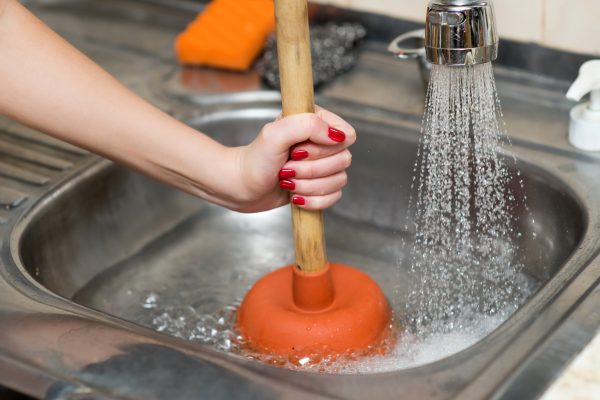
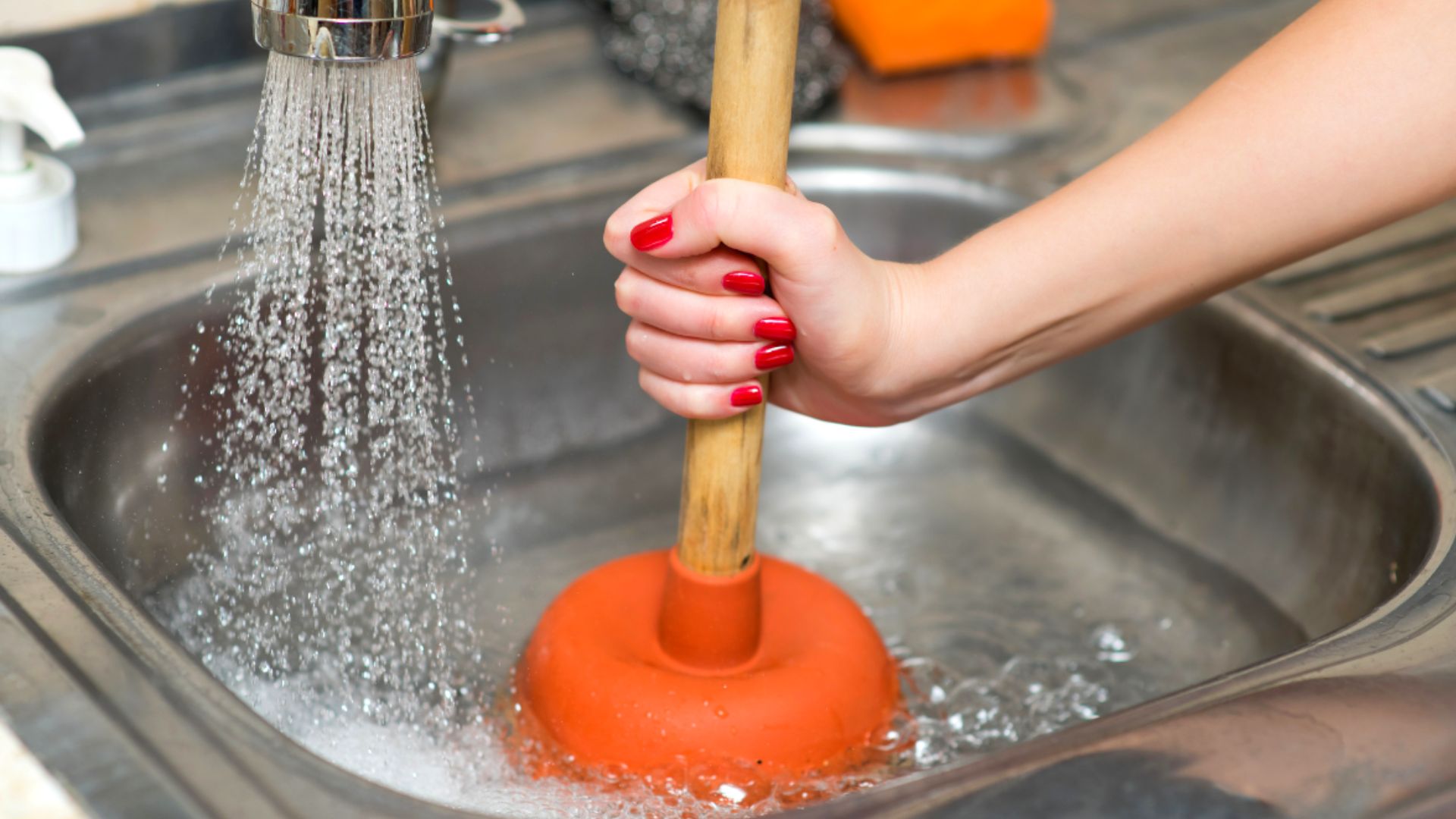
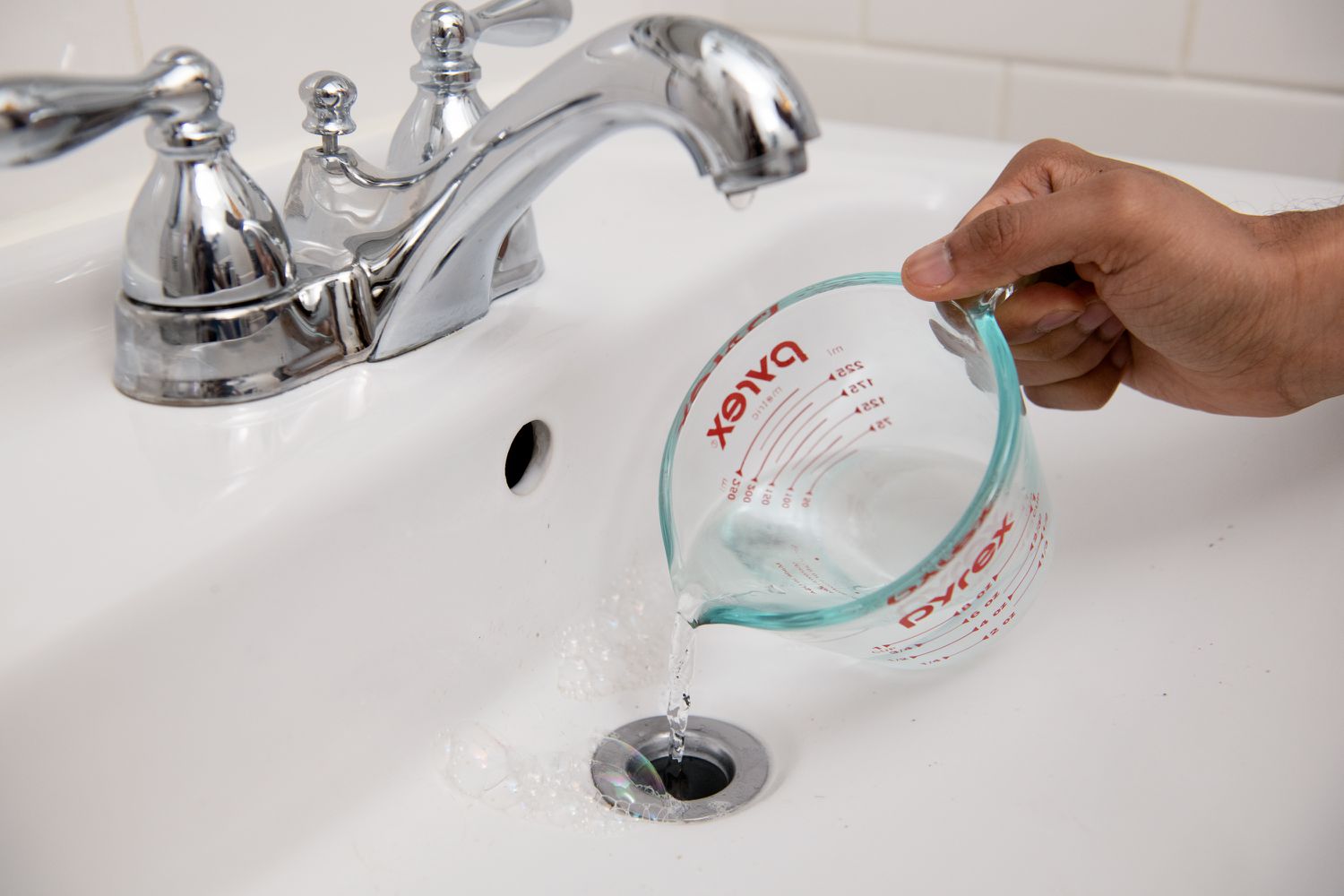
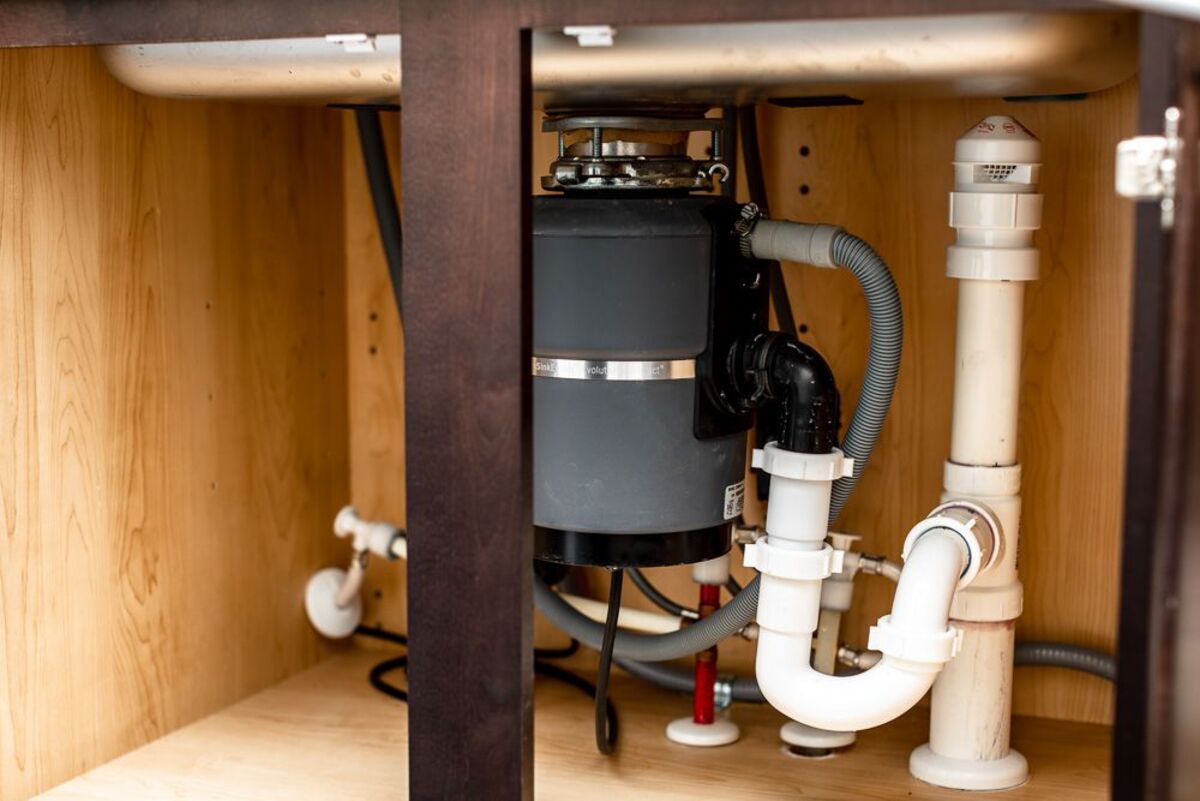
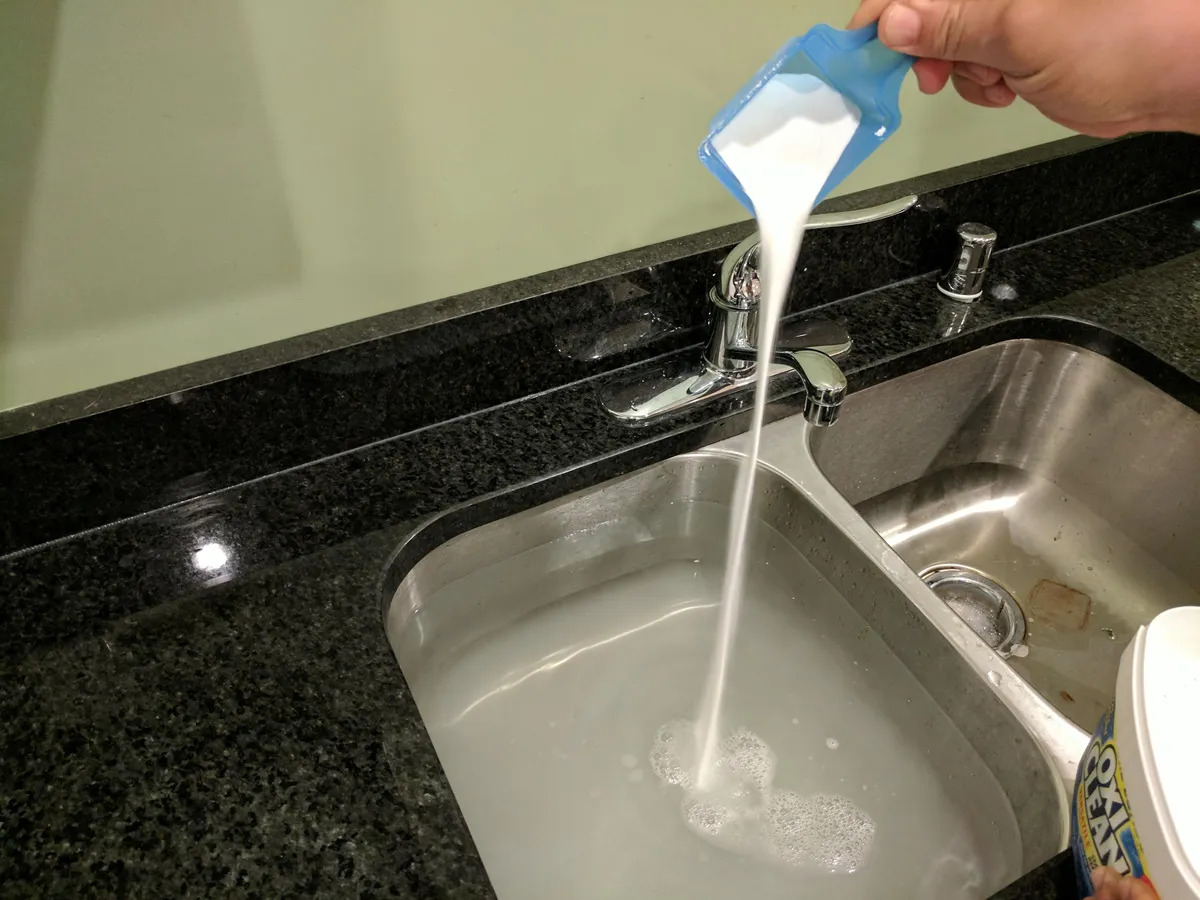
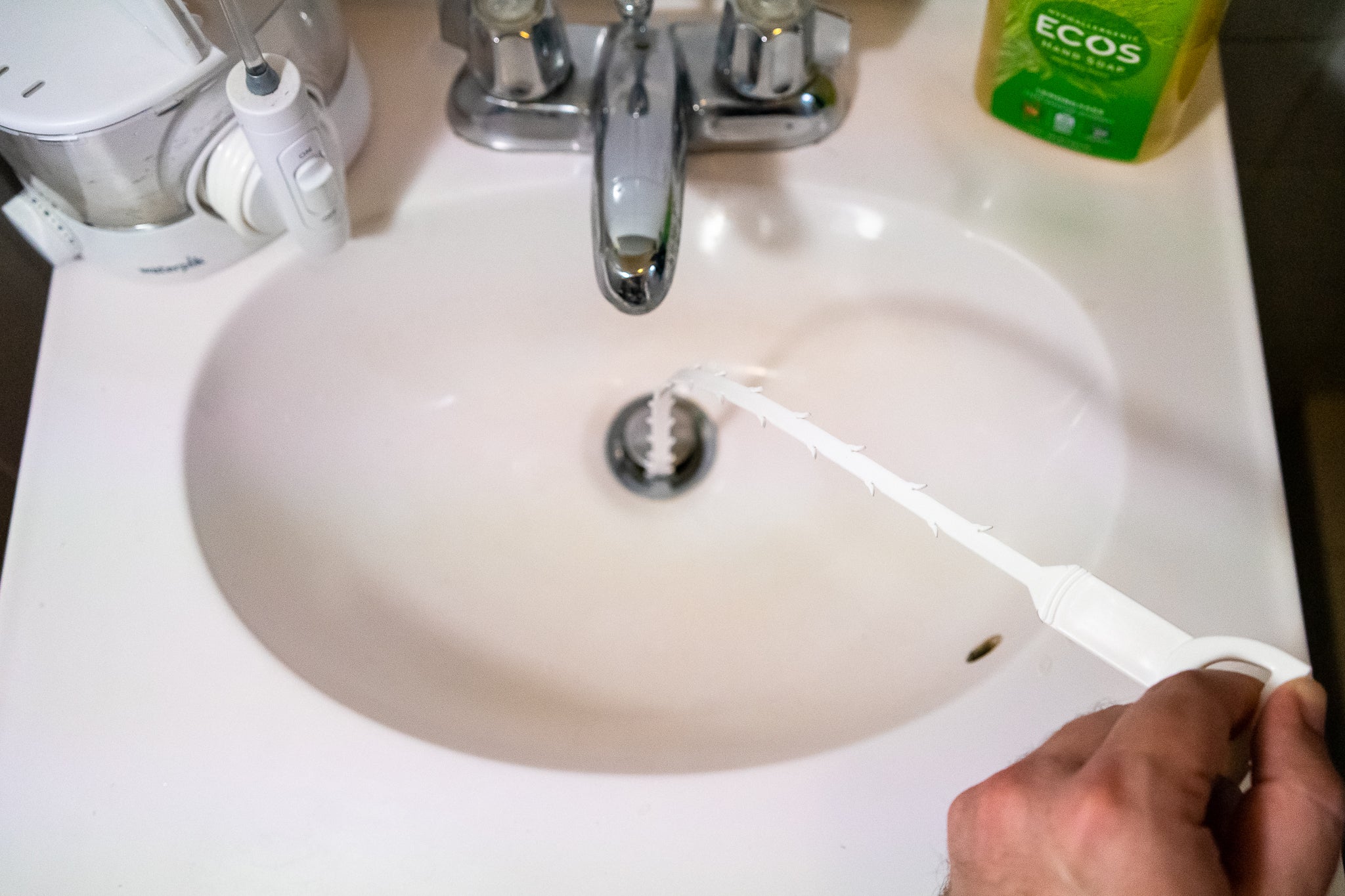
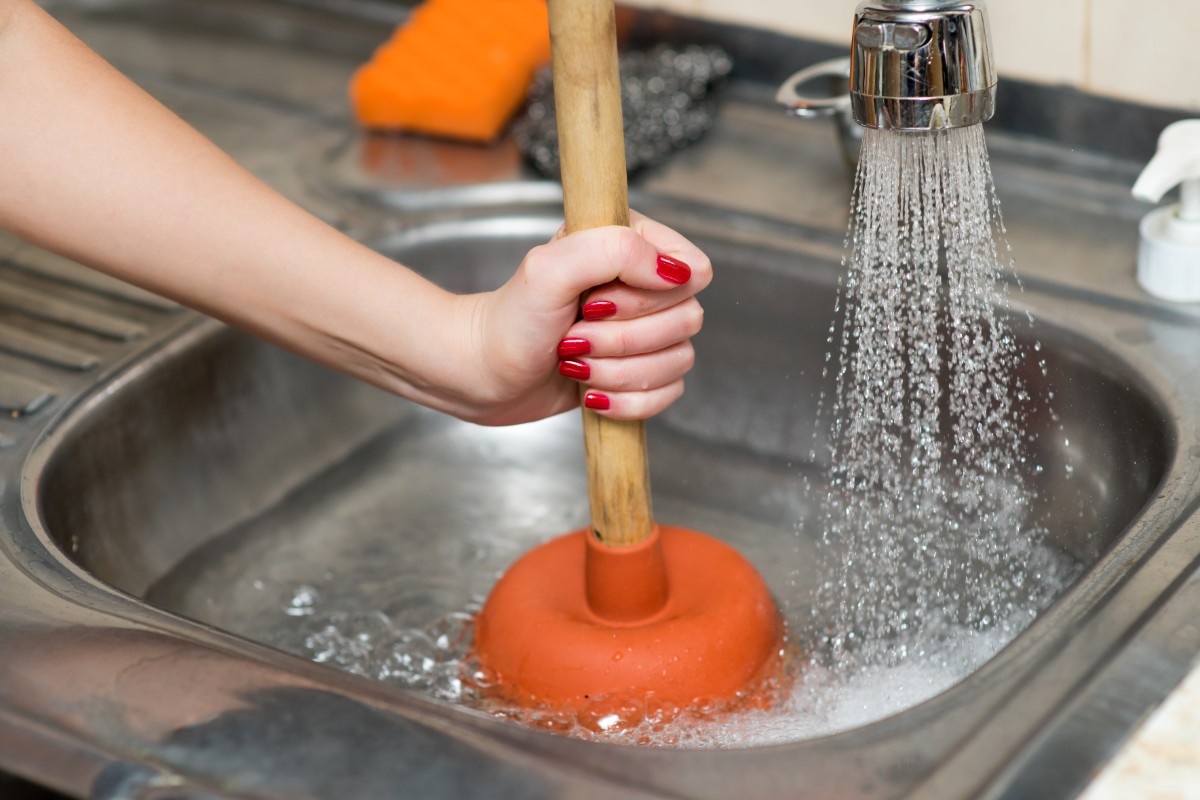
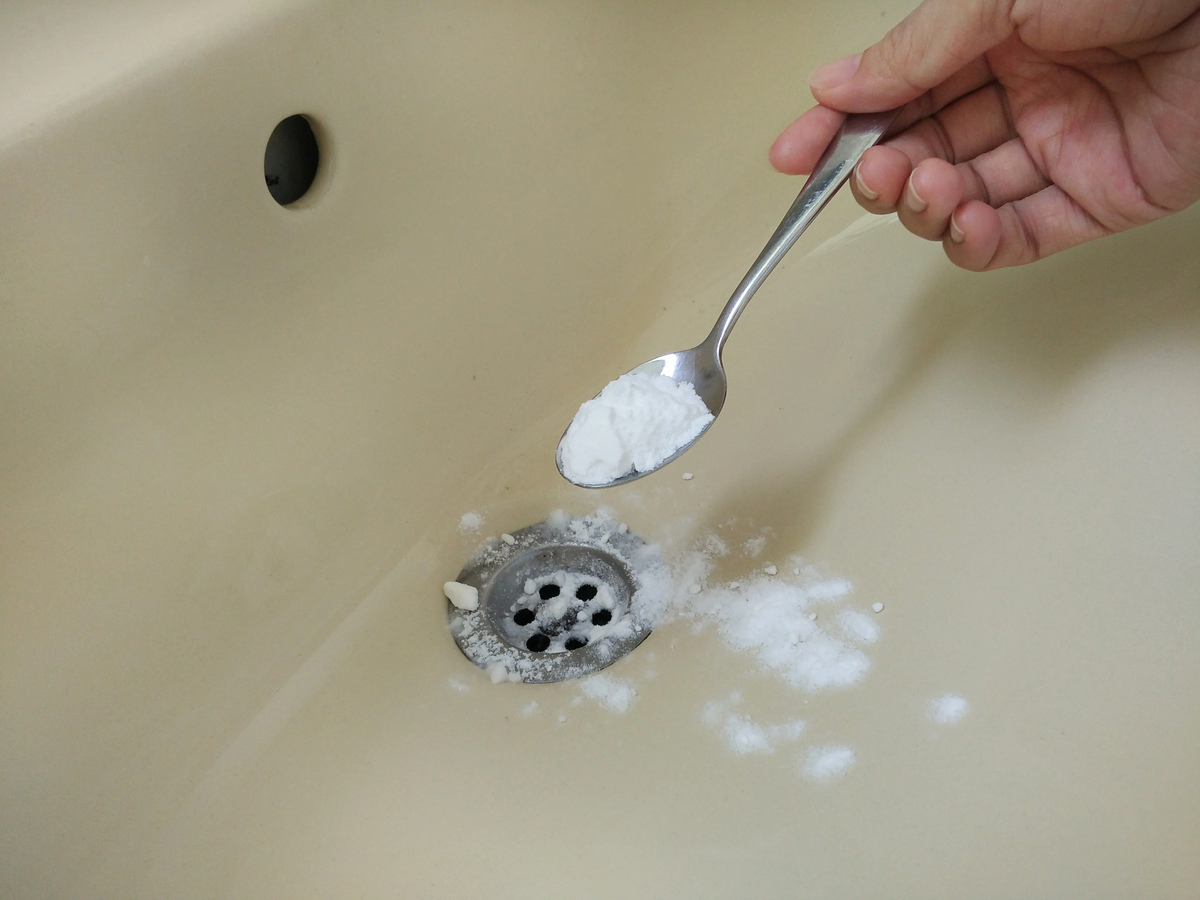
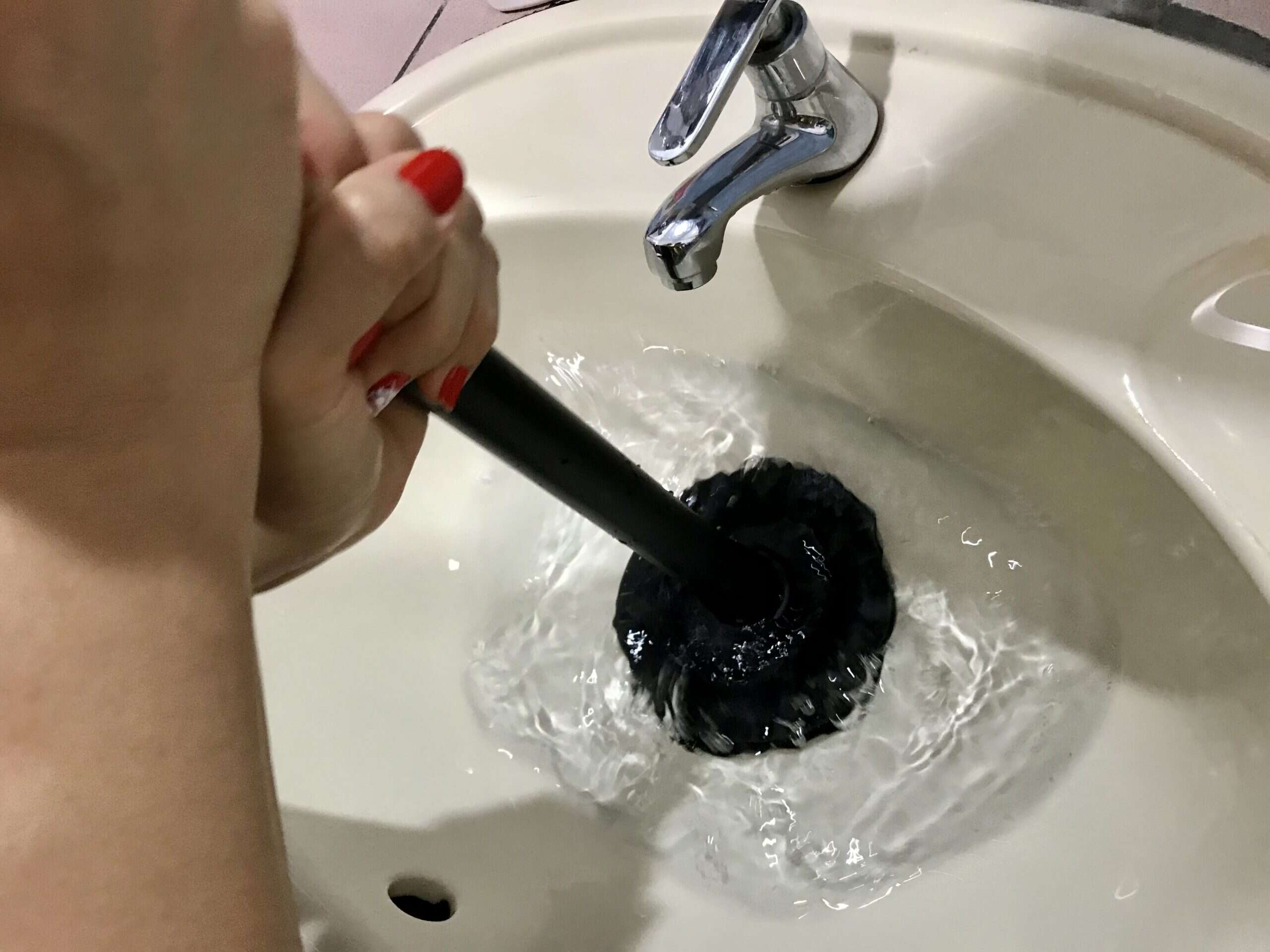
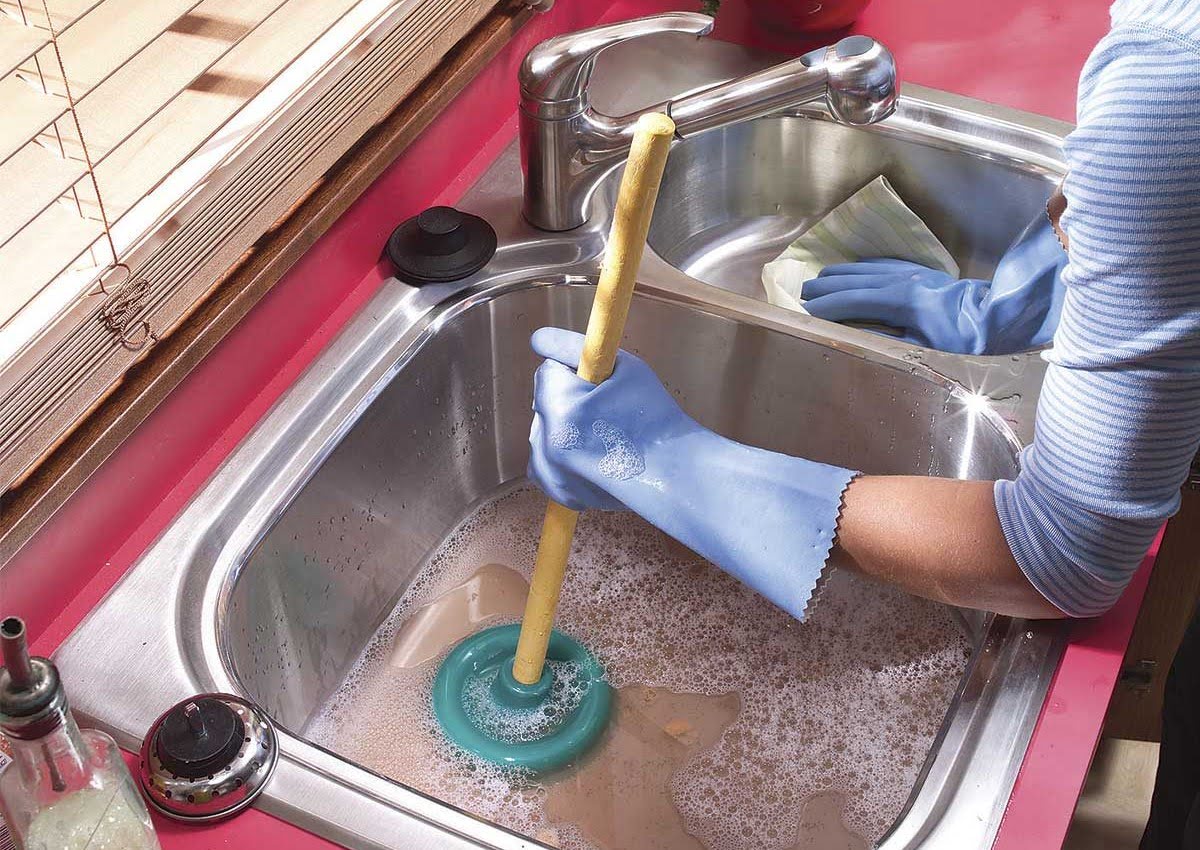
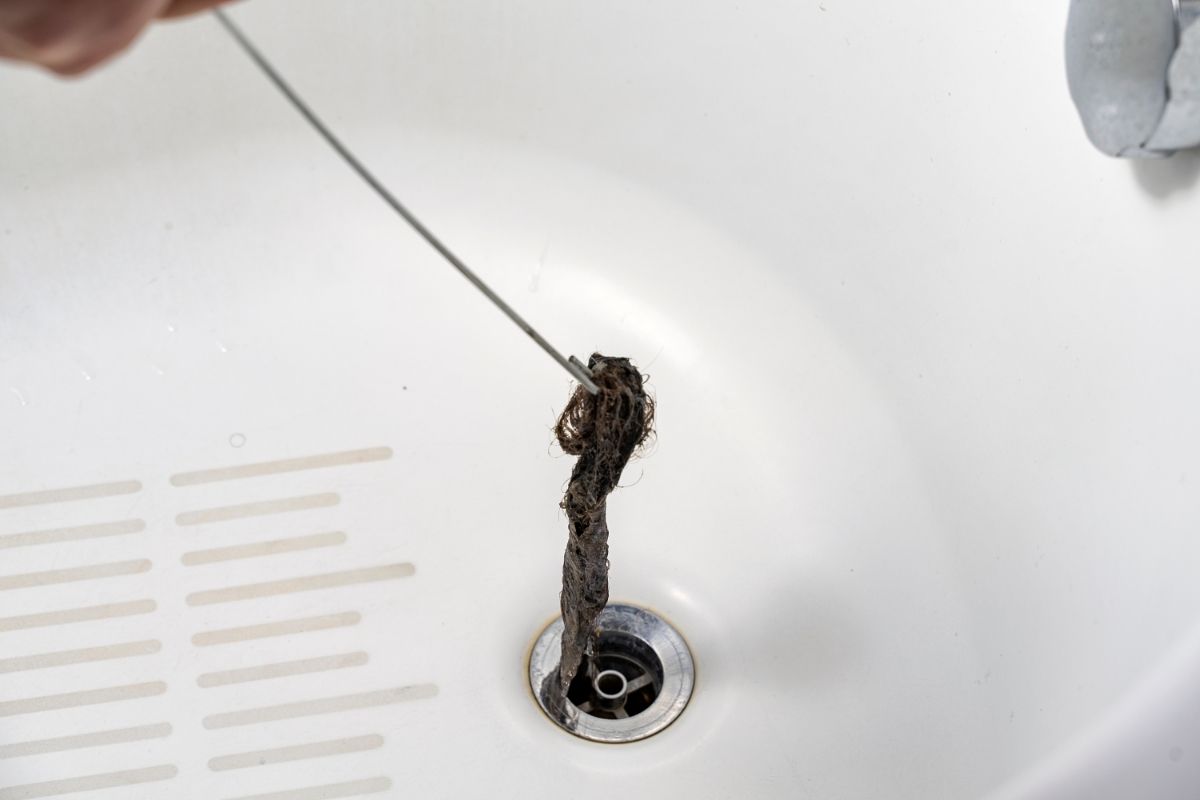
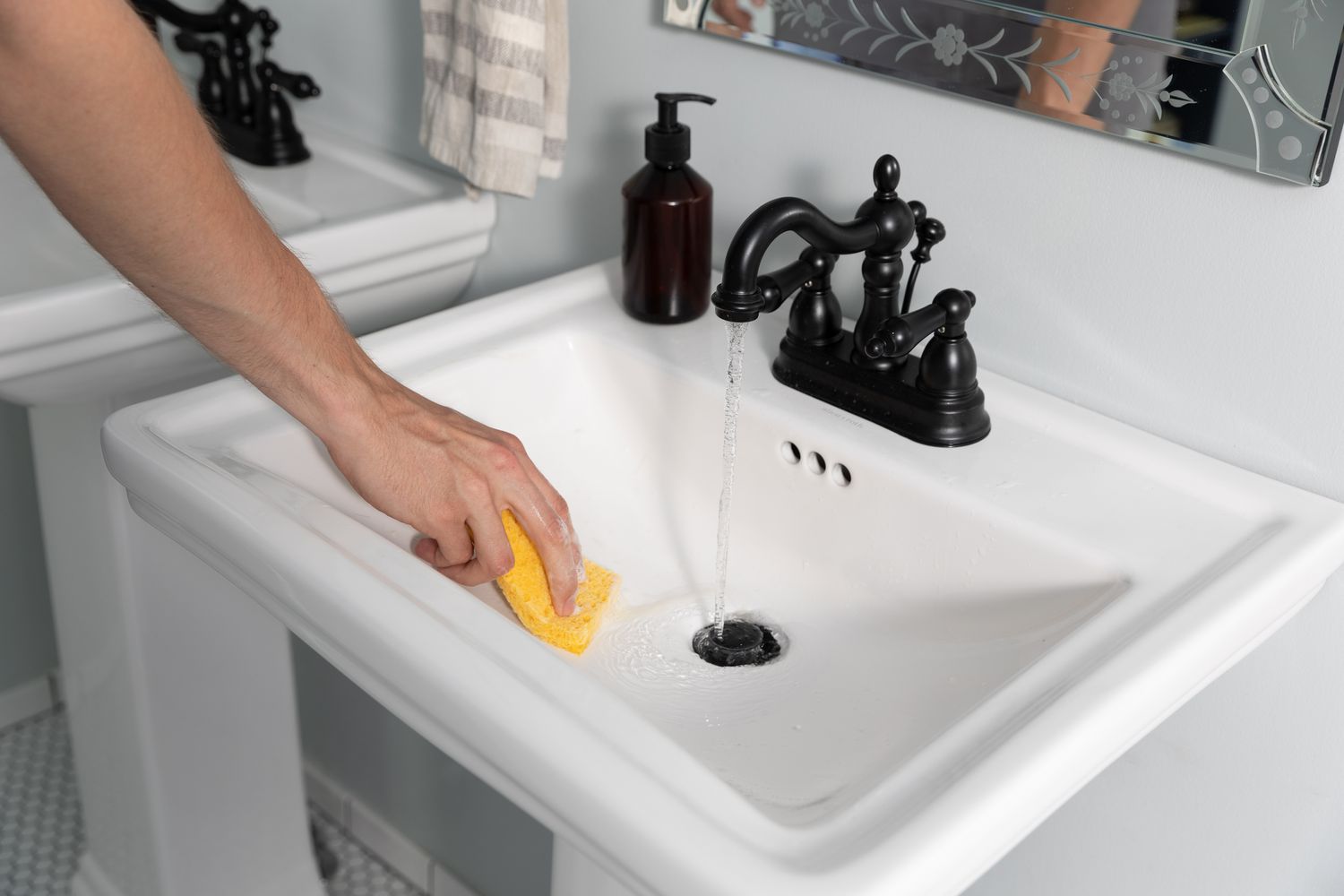
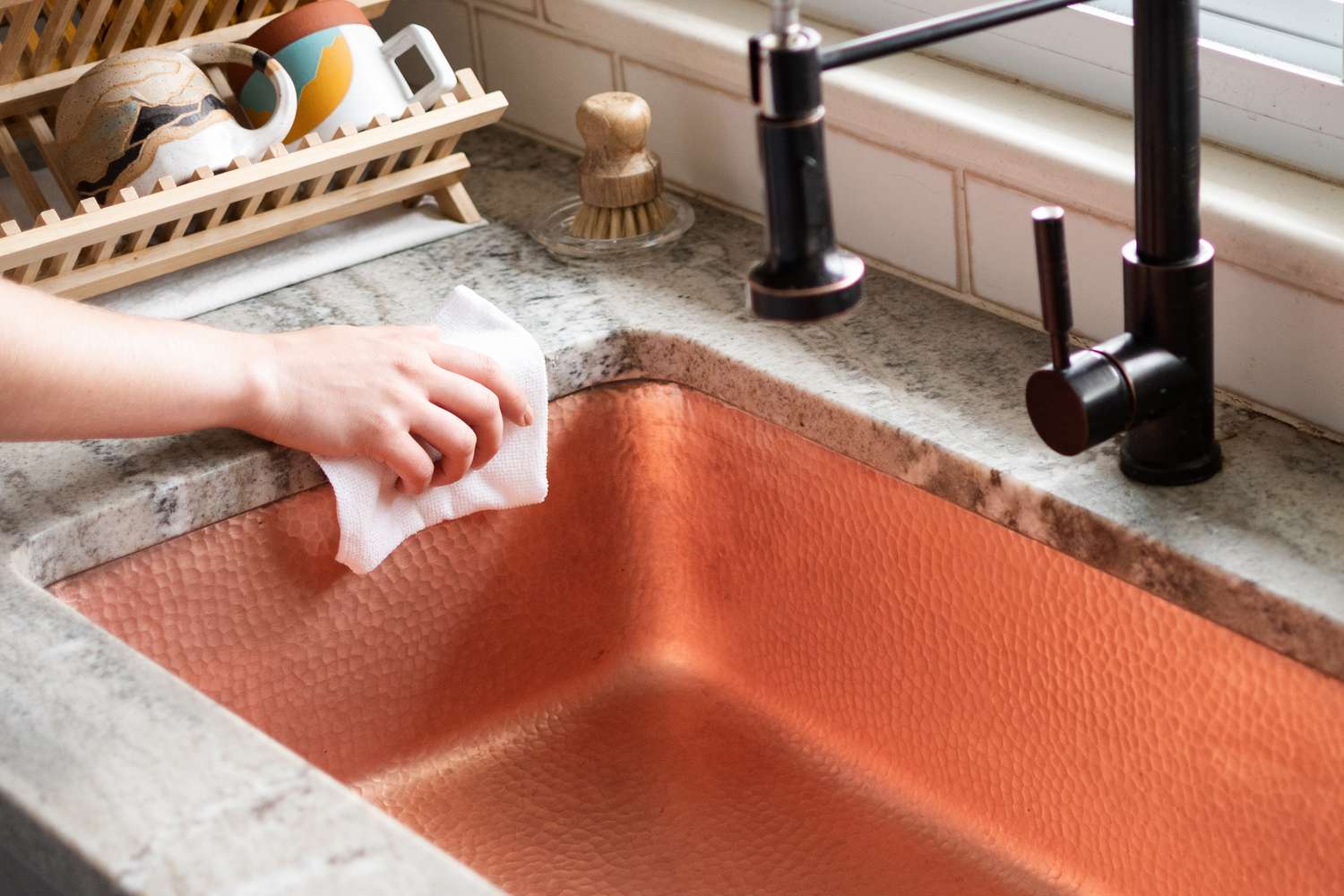

0 thoughts on “How Do You Unclog A Bathroom Sink”